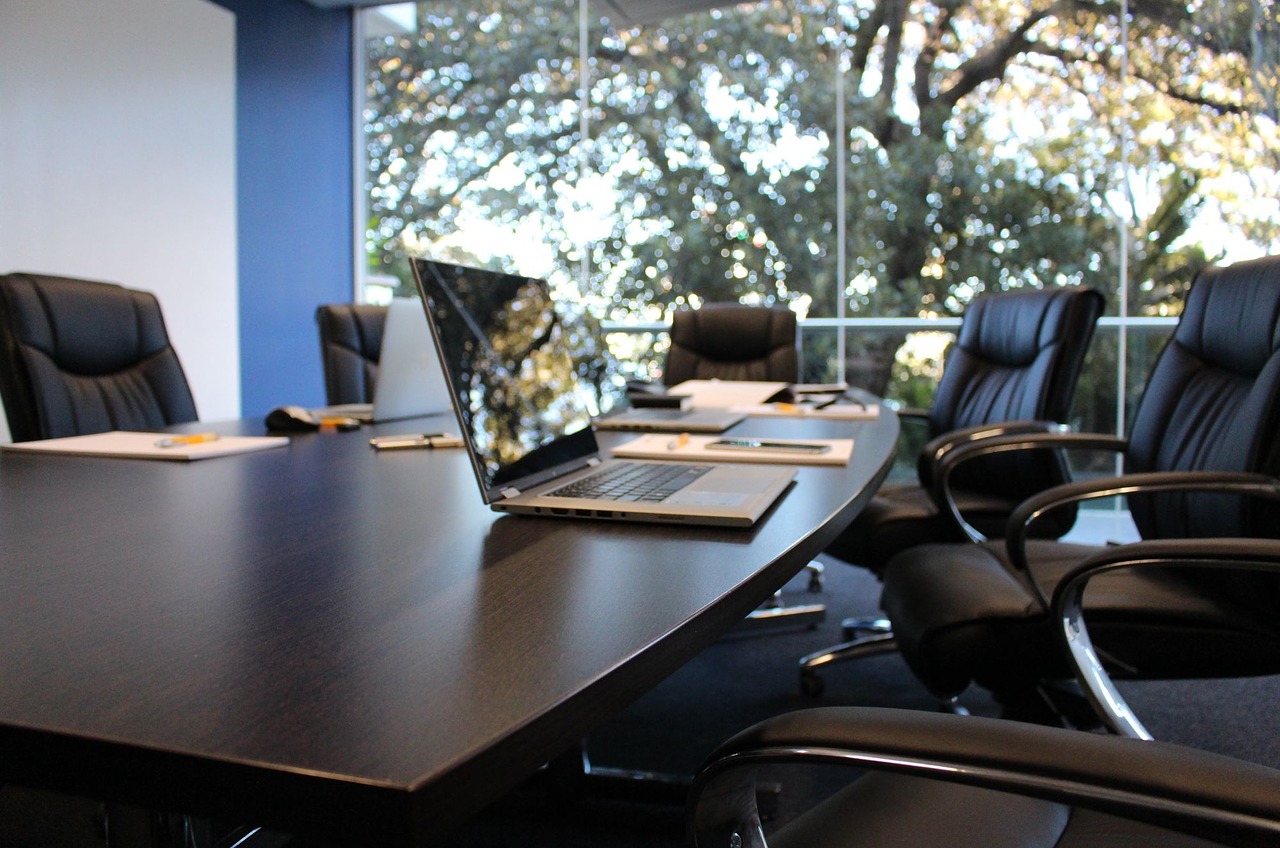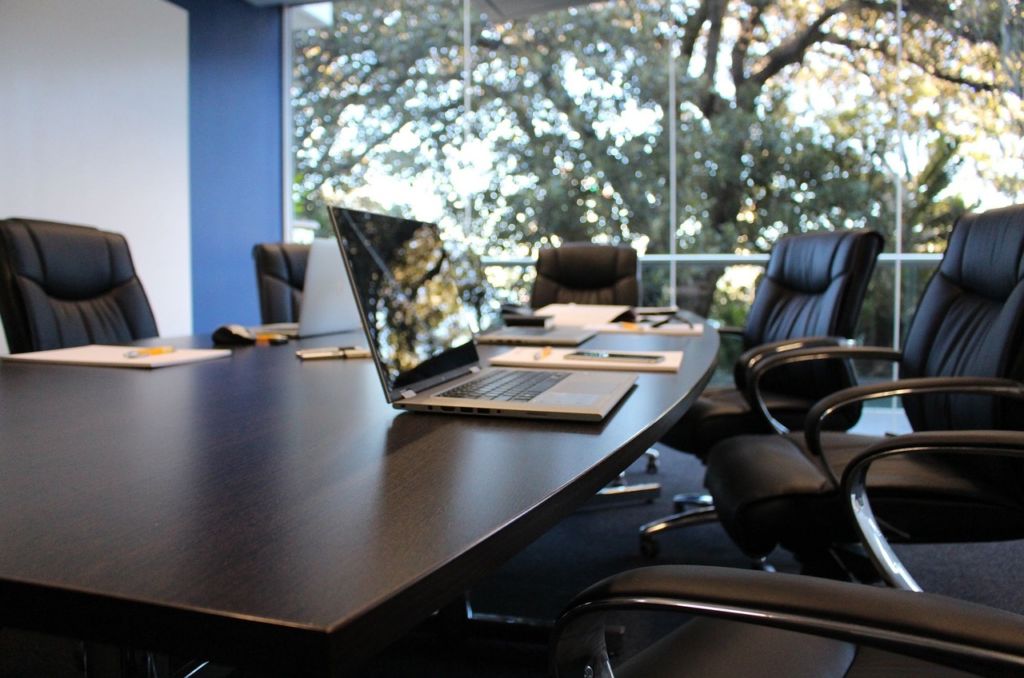Outsource vs In-House Design. Brief Review
Outsource vs In-House Design. Brief Review Short review comparing benefits and possible pitfalls of outsource versus in-house product design in perspective of practical design experience.
No secret design is a sort of comprehensive sphere depending on tons of factors which influence its organization and creative process. Comparing to design routine 20 or 30 years ago, nowadays designers have a much greater set of tools, methods, and techniques enabling them to speed up the design process and make it more creative, first of all, due to the development of technology and the Internet. Moreover, this progress has had a great impact on not only the design process but also communication with clients: today we can communicate and create internationally, collaborate with professionals around the world without the need to travel all the time and send the assets to the clients in split seconds.
Obviously, the mentioned factors established strong support for the growth of the outsourcing sector in global business. No doubt, it happened not only in design, still, design is definitely in the top list of the spheres which witnessed the most considerable growth of the field around the world. How did it influence the process of product design? Today we would like to provide our readers with a quick and concise review of the benefits and possible pitfalls both for outsourcing design and in-house product design. The review is based on the practical experience of Tubik Studio, the team that has already tried both directions in the design sphere and is ready to share some ideas with the design community.

Outsource design
Being a team with a broad portfolio of outsource projects and having studied the experience of our clients as well as plenty of successful product companies, Tubik Studio have marked out the following points needing consideration.
— In the outsource design process you are given a particular design task. That means you are able to concentrate on design tasks only as the strategic decisions are mostly made on the customer’s side. In practice, however, this disclaimer works a bit differently: creating design solutions solving users’ problems and bringing profit to the customers, designers can and often should influence the strategy of the product progress on the market. Anyway, all the final decisions and small or big changes of the product strategy are made by the customer’s team as they bear the final responsibilities and all the alterations or suggestions should be made in tight collaboration with the side launching the product.
— In outsource design you work on the task you are assigned for, you are not a chooser of the strategy and not a decision-maker if this product is needed and if the idea behind it is good or bad. You have to study how to like and love any idea you have to work with because it is the only way to create good results and by the way to earn money. That is not in your scope of work to get into deep layers and tell the client that this idea will not work — your task is to make it work. That is what you are paid for.
— In outsource design you need to have good skills of getting dip into the business goals and correspondent wishes of your client. In fact, if you are lucky you get a clear task supported with the outlined target audience of the final product, perhaps marketing plan and ideas on the client’s stylistic preferences. In other cases, you will get just a general line containing highly blurred tasks like «I want you to design a social network for drivers» and that is the part of the job to get all the details of how the clients see it. It can be done by designers, sales, and project managers, but whoever the doer of this vital job is, it is the only way to make the process of collaboration on the stage of design smooth and resultative.
— In outsource design you aren’t always provided with the opportunity to communicate with stakeholders and influence their decisions. You are hired to accomplish a particular scope of works. It has to be mentioned that for many designers it is a benefit as they start work with a particular task in mind and do not need to get involved deeply at pre-design or post-design stages. However, there also can be projects at which after the launch of the product designers are later given additional tasks on maintenance and alterations of the existing product.

In-house product design
— In product design accomplished in-house all the scope of stages from ideation up to sophisticated testing and maintenance is done by one team. This means that designers get more chances of being involved in all the phases of strategical decision-making upon the product which is an even more creative and analytical job but at the same time requiring more diverse skills and much higher responsibility.
— Full-scope in-house product design goes much further than actual design tasks. It includes all the creative cycle, with complex of tactic and strategic plans, ideas on commercialization and promotion, budgeting and content marketing, product philosophy and full-scope branding, and so on and so forth. It means that the team will need diverse specialists that will establish a solid foundation of specific skills strengthening design and bringing an effective product into life.
— In in-house product design, the creators are the stakeholders. This certainly means deeper involvement of all the participants into the creative process and at the same time more responsibilities.
— Product design accomplished in-house is the domain of higher financial and creative risks. In outsource design, especially when the process is already tuned and clear, the earnings can be more predictable and flexible in the budget planning of the company.
— Product design accomplished in-house suggests a deep concentration on one project and one aim for a long time while outsourcing projects can be different and support the feeling of refreshment. Should be said, none of the ways is better or worse, they are just different, and sometimes what is one designers’ meat is another designer’s poison according to the individual peculiarities of nature and creative approach.

To sum up, in outsource design you are a vital part of the product creation and support while in product design you are actually in the heart of all the processes being not a part but the whole story. In outsource design you are a sort of hired executive while in product design you are a stakeholder with all the responsibilities of this not-so-easy job.
Originally written for Tubik Blog
- English
- Ukrainian



